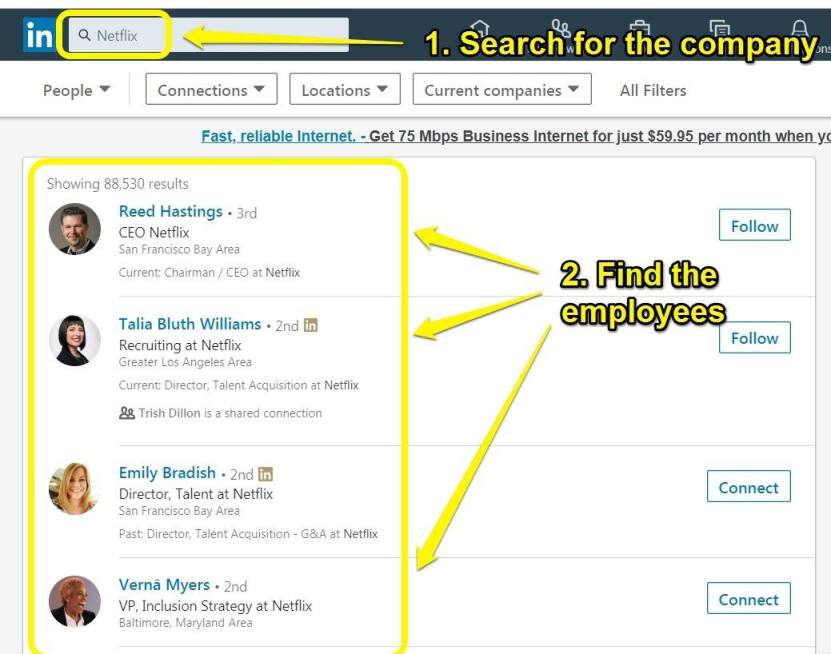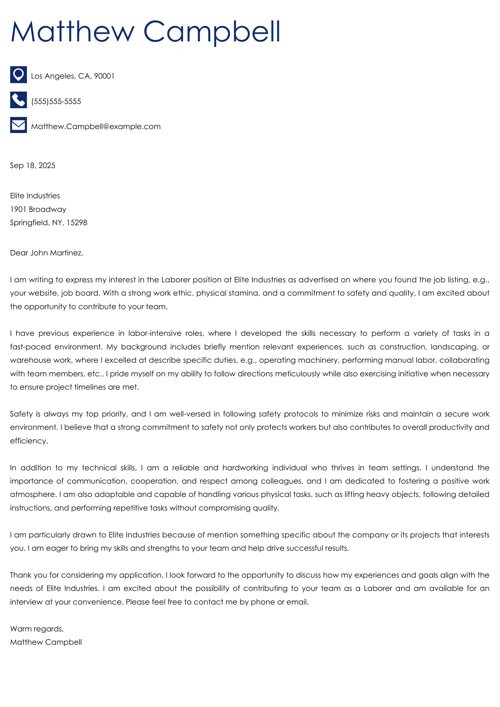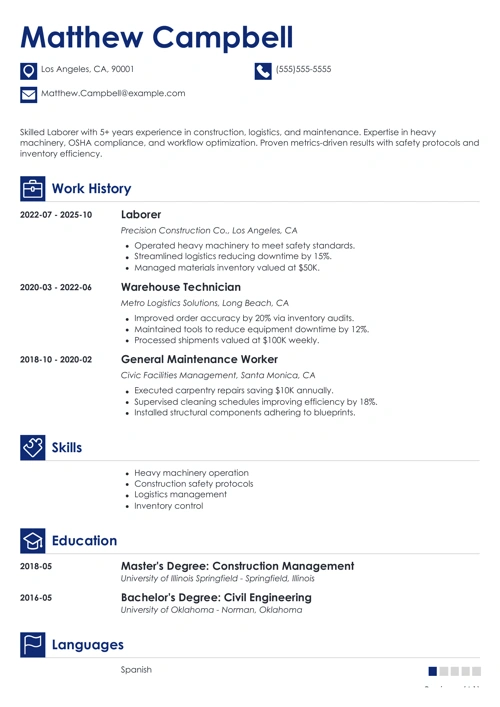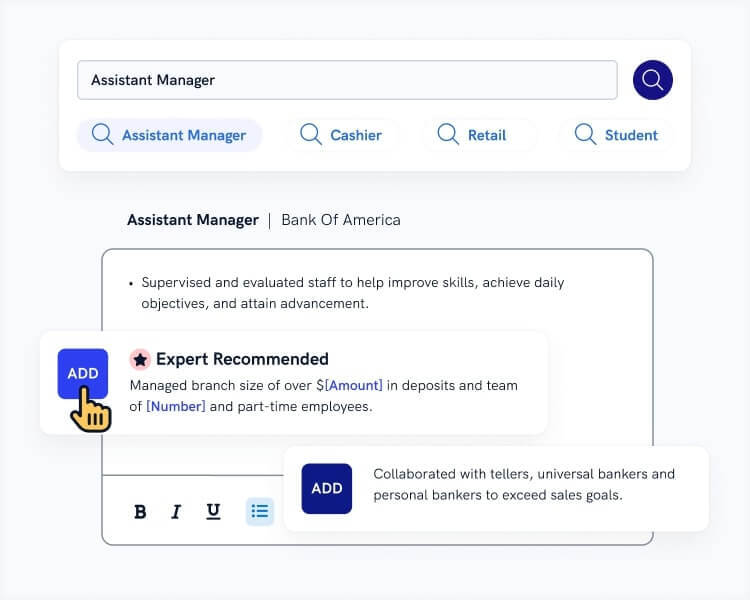A pain letter is a job cover letter that plugs your biggest career success into a company’s greatest need. Pain letters follow the 3-paragraph cover letter format. They have a hook, big achievement, and call-to-action. The best pain letters start with insider company knowledge.
This guide shows how to write a pain letter than gets jobs in 3 steps.
It’s not magic.
A pain letter is a cover letter with Falcon 9 rocket boosters.
How does it work?
It shuns the generic, “Hi, I saw your job ad and I’m applying.”
It shows you’re the hero the hiring team needs to save their bacon.
The best part? It’s not hard to write a pain cover letter that makes others look lazy.
This guide will show you:
- A pain letter example that makes hiring managers eager to call.
- How to write a pain letter they can’t ignore.
- What to put in a modern cover letter so it works.
- Why pain cover letters work better than regular ones.
Want to write your cover letter fast? Use our cover letter builder. Choose from 20+ professional cover letter templates that match your resume. See actionable examples and get expert tips along the way.
Medical Assistant Cover Letter for a Resume—See more cover letter examples and create your cover letter here.
1. Follow This Pain Letter Example
Know this:
Pain cover letters engage hiring managers. They stop them from seeing a dime-a-dozen applicant and show off a knight in shining armor.
Of course start with good cover letter contact info. But then—
Follow the sample pain letter below:
Pain Letter Example
This pain letter sample destroys run-of-the-mill cover letters:
Dear Ms. Hernandez,
I listened to your segment on the Accelerate! sales podcast last week and I learned a ton. Your approach to building customer relationships through robust communication channels is refreshing. I wanted to thank you for your insights. They're part of the reason I'm excited to apply for your marketing manager position.
The other part is how my experience fits with your challenges. I spoke with Allen Woods and Mary Whitt last week about your goal of growing into several new markets this year. It's a daunting task, as I know from my role as marketing manager at Soft 'n' Krisp donuts. Over the past five years, I built 7 teams of 8 marketing employees each in 7 major metropolitan regions. We rolled out full marketing drives across multiple media channels that grew total revenue from $1.2 M to $13.6 M —a growth factor of 1,033%.
I'm happy to jump on a call with you over the next few days. If nothing else, I can share insights about how I built the teams to deliver maximum ROI without stressing the company's existing structure.
Best regards,
Michelle Xinyi,
Marketing Manager
Here’s what it looks like on paper:
Wow.
That pain letter sample does this:
It turns you from a generic applicant into someone the boss NEEDS to talk to.
Now let’s see why it works—and how to write your own pain letter that gets jobs.
Pro Tip: About 25% of pain cover letters get calls. Compare that to 2% for regular job applications that don’t use the pain part, as our HR statistics report shows. That’s not a bad average.
A pain covering letter is just a cover letter that works overtime. See our guide: How to Write a Cover Letter for a Resume
2. How to Write a Pain Letter That Gets Calls
“Writing makes me sweat.”
Don’t worry. By the end of this section, you’ll have the tools to write a pain letter that shows you’re their hero.
Here are the three steps to write a job-winning pain letter:
1. Start With the Hook
Don’t bore the reader.
In the pain letter example below, Michelle found a powerful hook. It’s a podcast appearance by the hiring manager:
I listened to your segment on the Accelerate! sales podcast last week and I learned a ton. Your approach to building customer relationships through robust communication channels is refreshing. I wanted to thank you for your insights. They're part of the reason I'm excited to apply for your marketing manager position.
That works.
Why? Because most people can read about themselves for days.
2. Tell the Dragon-Slaying Story
You’ve got their attention.
Now, wow them.
Tell how you solved their exact problem, and then some.
Watch how Michelle does it:
The other part is how my experience fits with your challenges. I spoke with Allen Woods and Mary Whitt last week about your goal of growing into several new markets this year. It's a daunting task, as I know from my role as marketing manager at Soft 'n' Krisp donuts. Over the past five years, I built 7 teams of 8 marketing employees each in 7 major metropolitan regions. We rolled out full marketing drives across multiple media channels that grew total revenue from $1.2 M to $13.6 M —a growth factor of 1,033%.
See that?
Michelle knew the company’s big, hairy, audacious goal. Then she used her pain letter to show how she already reached it for somebody else.
The incomparable Liz Ryan calls that a dragon-slaying story.
Don’t have one? Keep reading.
3. Add a CTA and Offer
Don’t forget!
You need to close the sale.
In this case, the “sale” is the job interview. Michelle offers a free gift to get it:
I'm happy to jump on a call with you over the next few days. If nothing else, I can share insights about how I built teams to deliver maximum ROI without stressing the company's existing structure.
Perfect.
The CEO wants that. He may call Michelle just to chat.
Pro Tip: Most hiring teams don’t read cover letters. Why? Most cover letters are generic. A pain letter is the #1 way to turn from beggar to princess or prince.
Not quite sure how to start your letter? See our guide: How to Start a Cover Letter: 20+ Great Opening Lines & Paragraphs
A great pain letter is a game-changer. But to have a shot at that dream job, you need a perfect resume, too.
Creating a resume with our builder is incredibly simple. Choose a resume template and follow our step-by-step guidance to have a professional resume ready in minutes.
When you’re done, our AI resume builder will score your resume and our resume scanner will show you exactly how to improve it.
3. How to Prep Your Pain Letter
You’re up against hundreds of applicants. Don’t look like a white hat in a sea of white hats.
You need an advantage.
So build one.
It comes down to an 8-letter word:
Research.
Let me show you how to do it so it doesn’t hurt.
1. Talk to The Hiring Manager
The best way to build a case for your pain letter?
Ask the hiring manager.
Think of it this way:
You’re selling yourself. The #1 sales rule is: know what your customer needs.
That’s why the best answer to the sell me this pen interview question is, “What kind of pen do you need?”
Don’t be scared to reach out to the manager on LinkedIn and ask.
You can ask:
- Who’s your perfect candidate?
- What’s your biggest challenge?
- Where do you want the company to be in five years? In one?
- What are your most important targets right now?
You can’t sell yourself if you don’t know what part of you they need most.
2. Talk to Employees
Sometimes you can’t reach the big boss.
But you can reach employees.
Here’s how:
- Do a LinkedIn people search for the company.
- Send a short email or connection note to several employees.
- Ask for a short call.
- Build your pain letter from your findings.

Warning: You may need to send 50 emails to get 3 responses. The good news? You can copy-paste and do it in 10 minutes.
3. Do Online Research
The last way to get pain letter fodder?
Do a little online sleuthing. Find:
- Press releases
- Recent news coverage of the company
- Podcasts or articles that involve company execs (or the hiring manager)
Find the company’s goals and challenges.
Then build your letter from those.
Example: They’re planning to migrate all their servers to the cloud, and you want an IT job with them. That’s application letter magic.
Pro Tip: Can’t find the manager’s name? Call the receptionist. He knows it, or he knows who does. So many people stick to Google that an in-person call is almost refreshing.
Need a strong CTA for your pain letter? See our guide: How to End a Cover Letter [20+ Examples of Great Closing Paragraphs]
4. How to Tame Your Dragon-Slaying Story
Don’t have a dragon-slaying story for your pain letter?
This part takes head-scratching.
You’ve done your homework, so you’re almost there.
You just need to know how you’ll soothe their pain.
Consider:
- When did you solve problems like theirs?
- What are your biggest work achievements that fit?
- What awards have you won?
- Can you point to a massive achievement that proves you’re their hero?
Can’t do it?
Sometimes you haven’t saved the world. That’s okay.
In an entry-level pain cover letter, list 3–4 smaller achievements instead of one big one.
Just make sure they fit company goals.
This entry-level pain letter example shows how.
This example is for a job that needs someone with skills in teamwork, social media, and email marketing.
- Worked on a marketing team that raised revenue 15%.
- Got 3,200 likes for a Facebook promotion.
- Developed two email campaigns that reached 200,000 people.
That’s the way.
Pick your biggest dragon-slaying moments that fit what they’re after.
Pro Tip: In a pain cover letter for a fresher, pick good moments from school. Did you excel in a subject area or do a cool project? That works.
Running short of ideas for achievements to put in your pain letter? See our guide: Achievements in a Resume, Awards & Key Accomplishments
Want to send your pain cover letter as an email, but you’re not sure of the formatting? See our guide: Email Cover Letter: Sample, Proper Email Format, 20+ Tips [Infographic]
Key Takeaway
Here’s how to write a pain letter:
- Start with a good pain letter example.
- Put a hook in your first paragraph. Use something the employer is proud of.
- Tell a “dragon-slaying” story in paragraph two. Make it fit their #1 need.
- End with a CTA and an offer. “I’m happy to explain how I...” (slayed that dragon) works great.
About Zety’s Editorial Process
This article has been reviewed by our editorial team to make sure it follows Zety's editorial guidelines. We’re committed to sharing our expertise and giving you trustworthy career advice tailored to your needs. High-quality content is what brings over 40 million readers to our site every year. But we don't stop there. Our team conducts original research to understand the job market better, and we pride ourselves on being quoted by top universities and prime media outlets from around the world.



